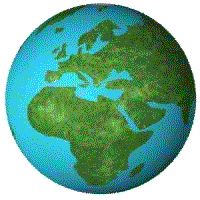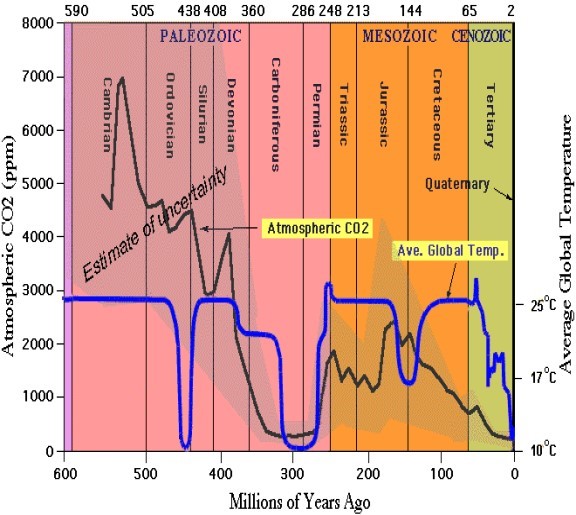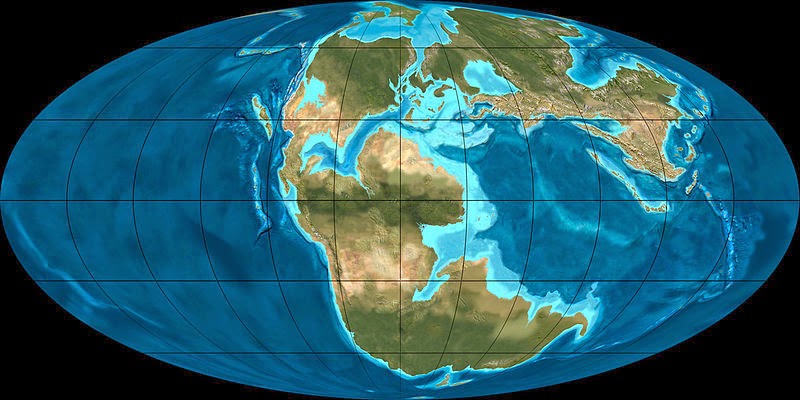The earth was very different during the Jurassic period. What will the earth be like on your journey? Below you can learn about the climate, continents, atmosphere etc.

Continents
During the early Jurassic period, the supercontinent Pangaea broke up into the northern supercontinent Laurasia and the southern supercontinent Gondwana; the Gulf of Mexico opened in the new rift between North America and what is now Mexico's Yucatán Peninsula. The Jurassic North Atlantic Ocean was relatively narrow, while the South Atlantic did not open until the following Cretaceous period, when Gondwana itself rifted apart. The Tethys Sea closed, and the Neotethys basin appeared. Climates were warm, with no evidence of a glacier having appeared. As in the Triassic, there was apparently no land over either pole, and no extensive ice caps existed.

Condition Levels
- Average CO2 concentrations were about 1800 ppm or about 4.7 times higher than today.
- Atmospheric oxygen levels during the Jurrasic ranged between 12% and 13%, at the Jurrasic-Cretaceous boundary the levels gradually dropped to between 10% and 11%
- The period saw relatively low sea levels in the Early Jurassic
Although dinosaurs and plants may be able to thrive in these conditions, humans will likely experience hypoxemia due to the low concentration of oxygen. Make sure you pack some oxygen tanks

Climate
The Jurassic period was characterized by a warm, wet climate that gave rise to lush vegetation and abundant life. You're gonna want to wear light clothes
- Average temperatures were at an even 77°F (25°C), but dropped to around 63°F (17°C) towards the later end of the period
- Mean average rainfall varied from as low as 20in (51cm) to 30in (76cm) or more
